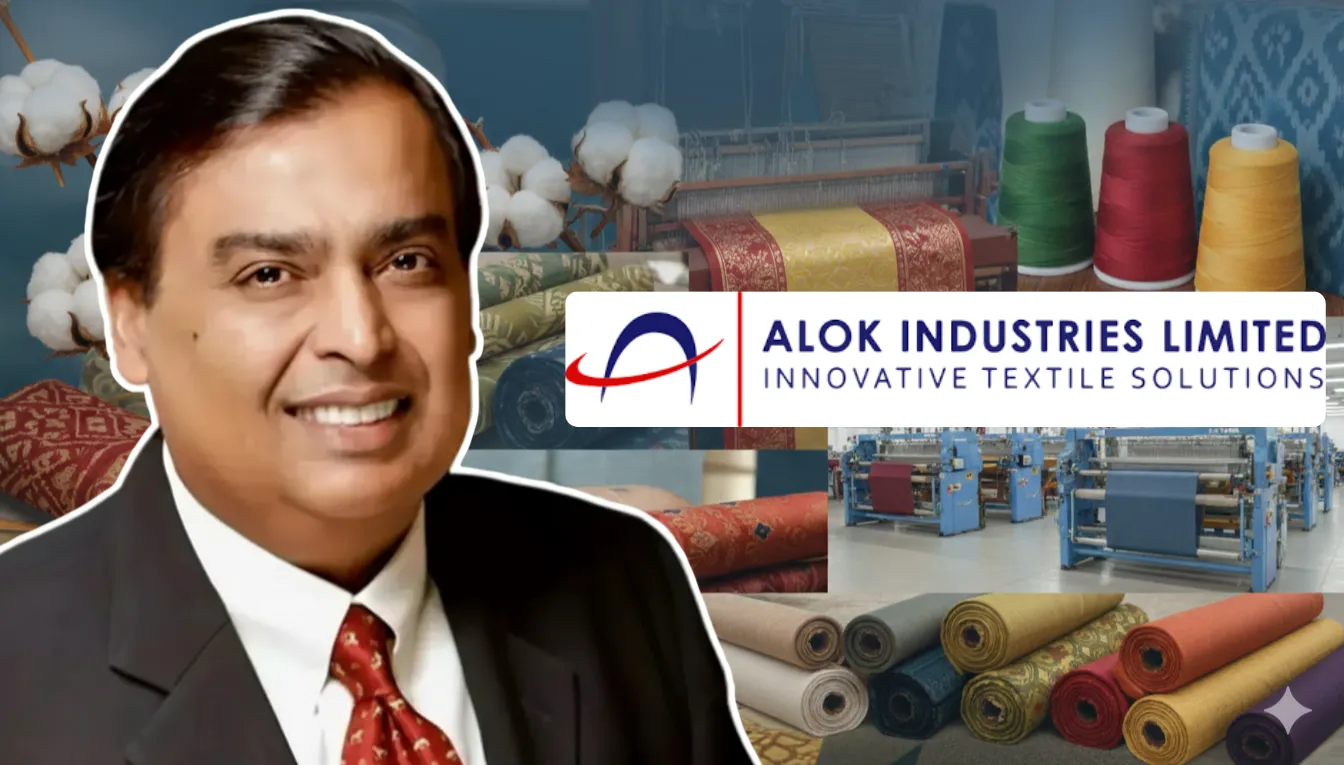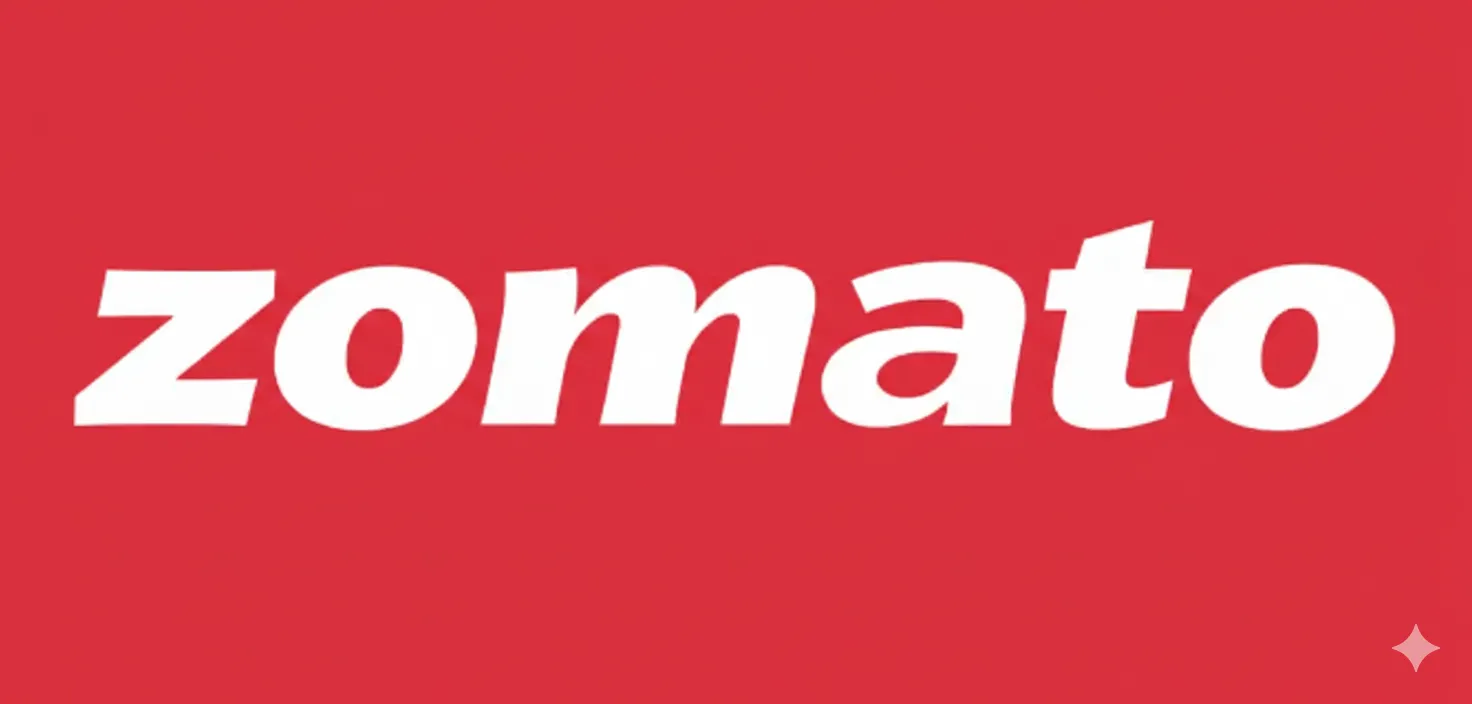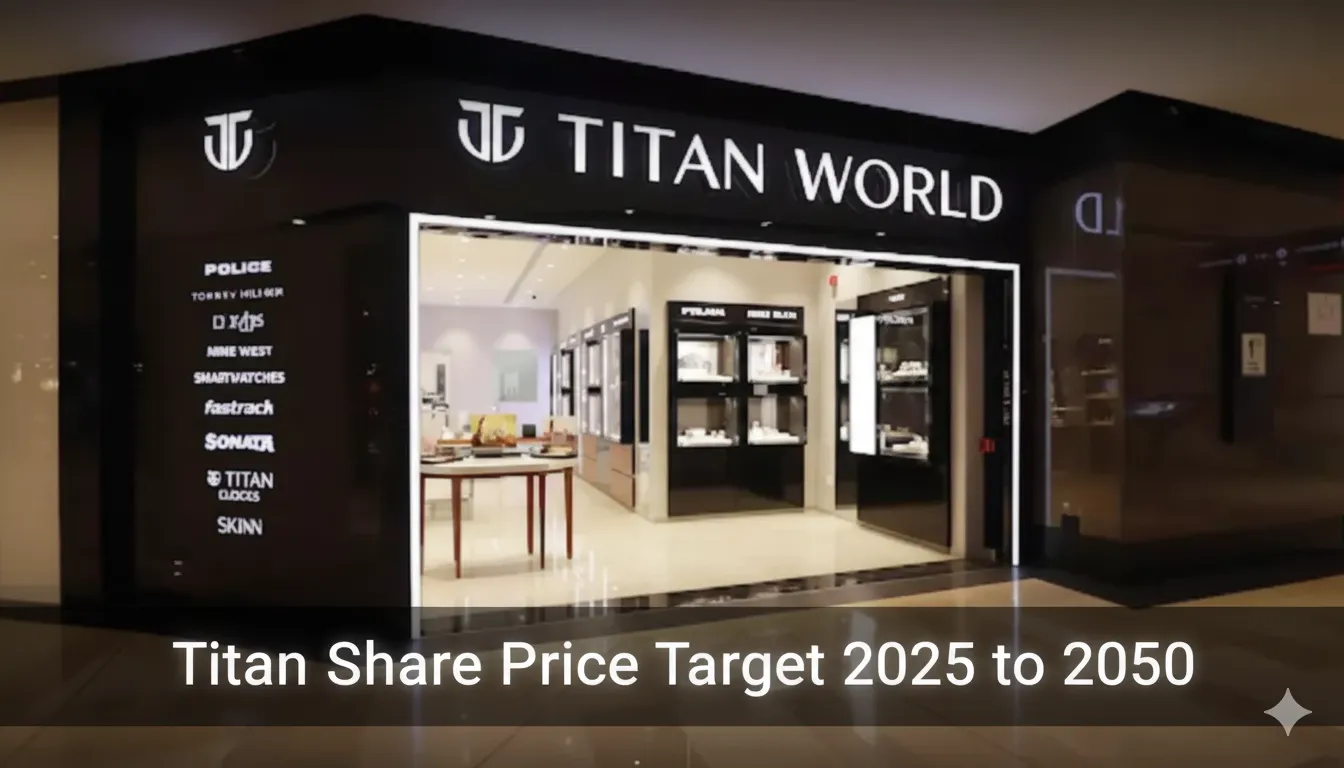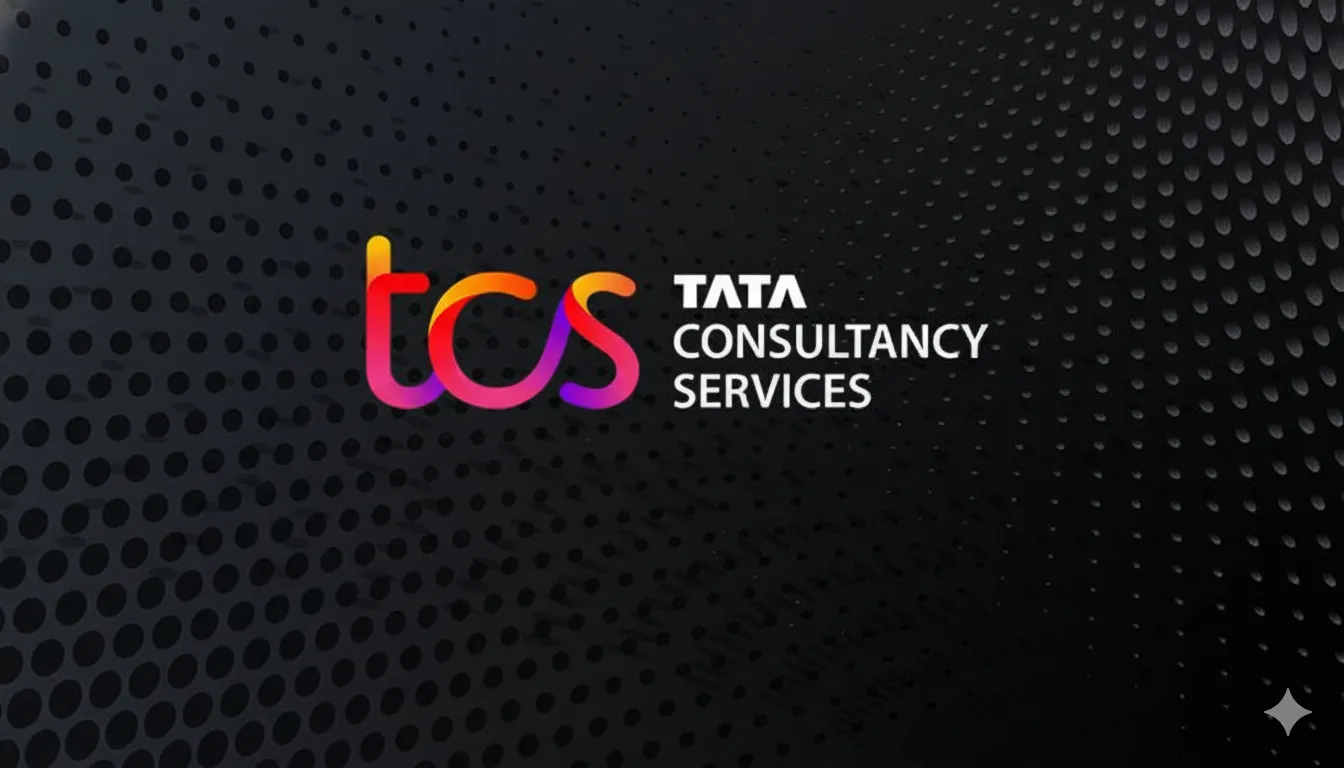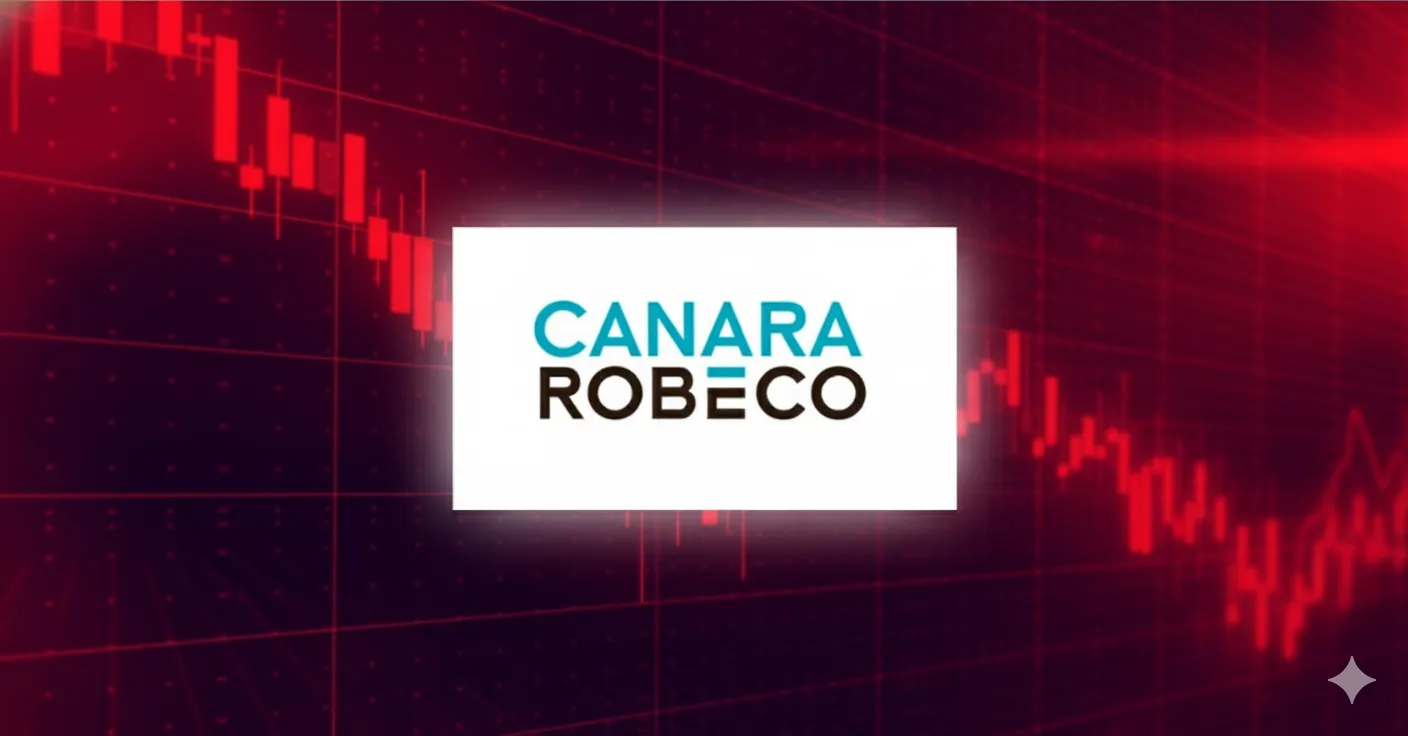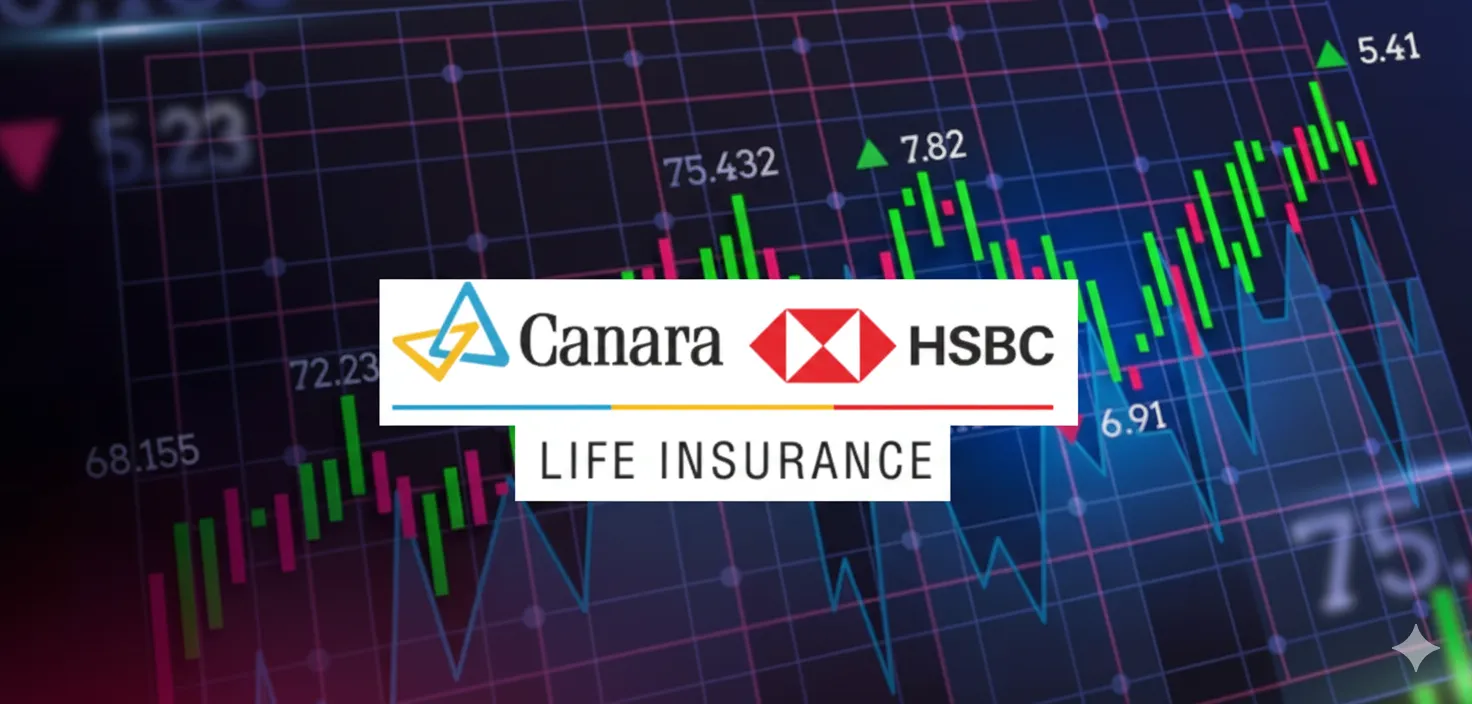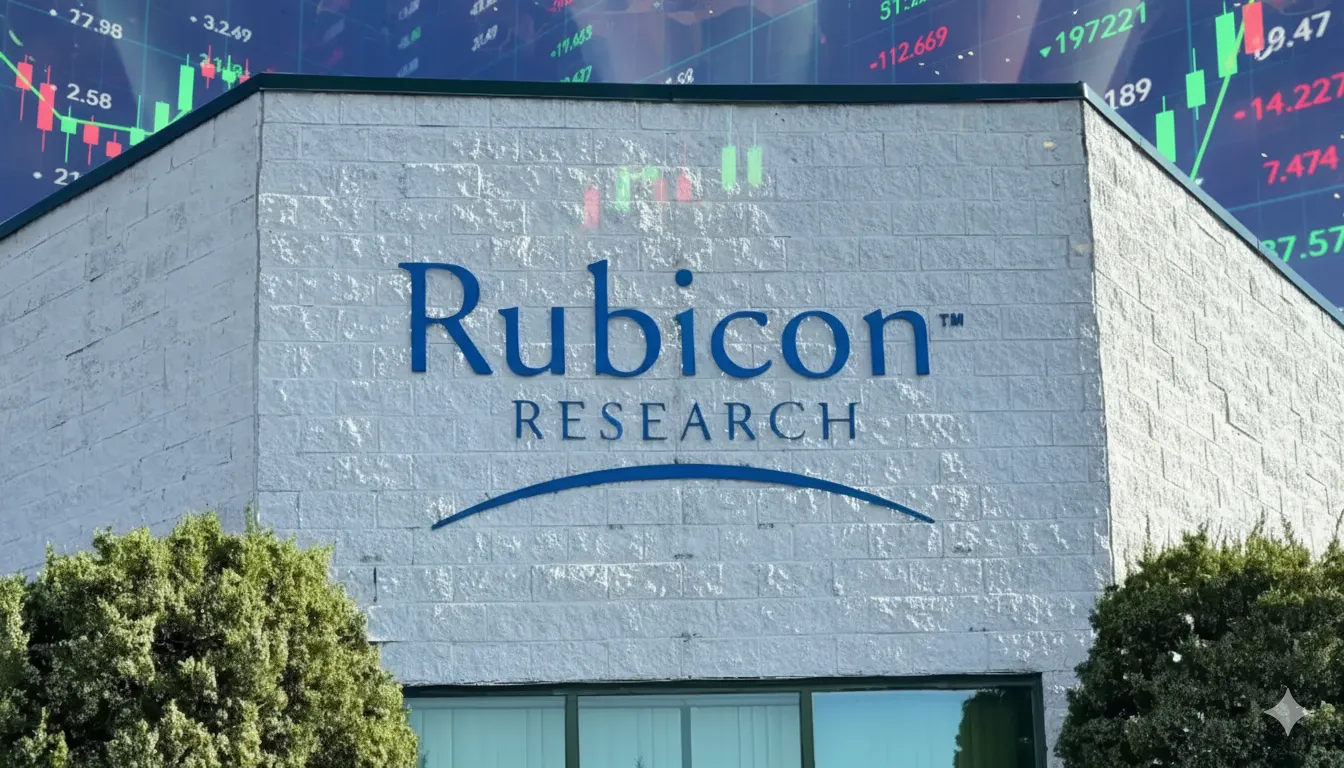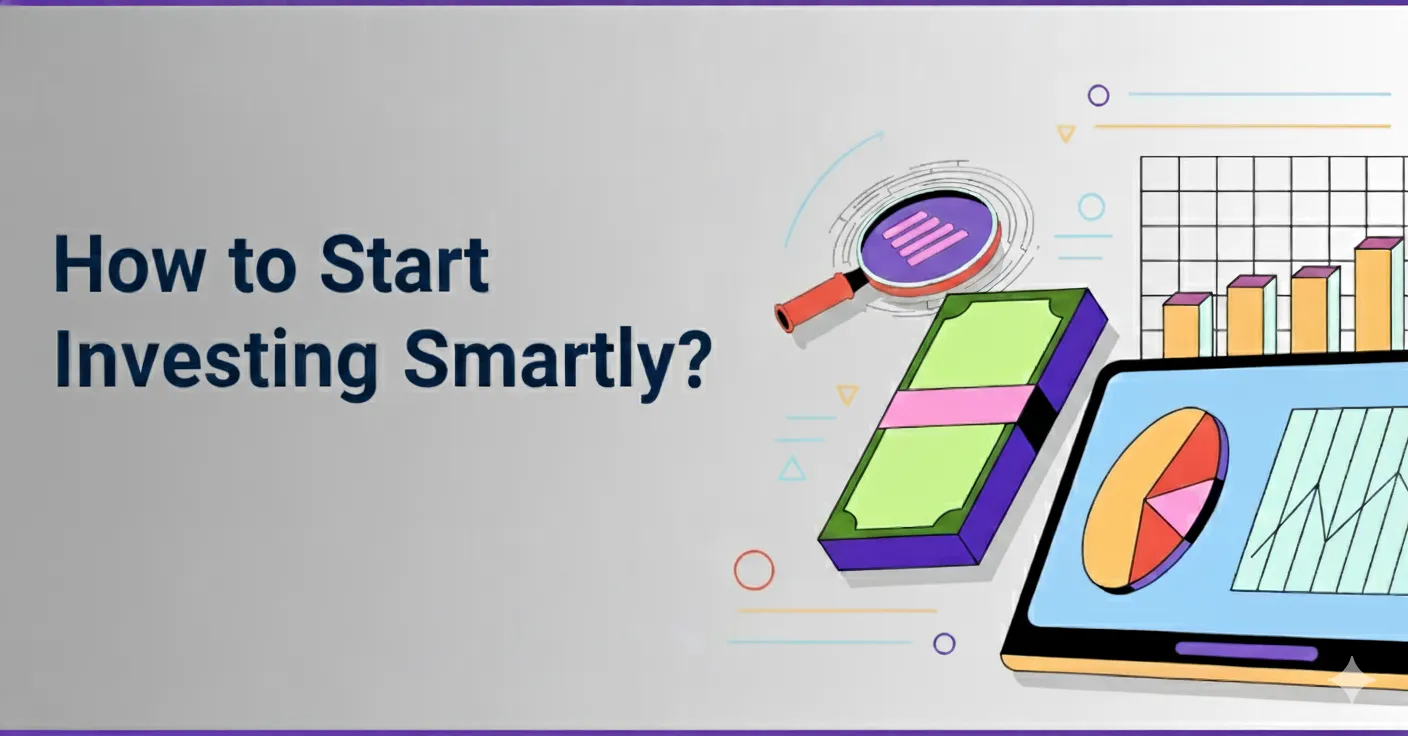Alok Industries Ltd. (NSE: ALOKINDS) — a Reliance-backed textile player — has been on the radar of both retail investors and market watchers lately. As of October 2025, the stock trades around ₹17.3–₹17.4, reflecting a steep 31% drop over the past year. While there have been a few short-term recovery signals, the company still struggles with high debt levels and negative reserves, which continue to weigh on its financial health.
However, not everything is gloomy. Many investors remain hopeful about a turnaround, supported by Reliance Industries’ strong management backing, improving operational efficiencies, and signs of stabilization in global textile demand.
In this article, we’ll dive into Alok Industries’ fundamentals, past performance, and long-term growth outlook, including detailed share price targets from 2025 to 2050—to help you gauge whether this stock could be gearing up for a comeback.
About the Company
Founded in 1986, Alok Industries Ltd. is one of India’s leading integrated textile companies. It operates across the polyester, cotton, home textiles, and garment segments, catering to both domestic and international markets.
The company became part of Reliance Industries’ ecosystem in 2020 after being acquired through the insolvency process. Since then, Alok Industries has been undergoing a multi-year financial and operational restructuring, aimed at reviving its production capacity and restoring profitability.
Fundamental Analysis
Revenue & Profit Trends
- FY25 Total Revenue: ~₹6,730 crore (slight decline YoY)
- Net Loss: ~₹172 crore (Q1 FY26)
- Operating margins remain weak, oscillating between -2% and +3% in recent quarters.
- Revenue stability remains a challenge due to fluctuating demand in global textile markets.
Valuation Metrics
| Metric | Value (FY25) | Remarks |
|---|---|---|
| P/E Ratio | -11 | Negative due to losses |
| EPS | Negative | Consistent losses |
| ROE | Negative | Indicates erosion of shareholder value |
| Price to Book Value | Negative | Negative equity |
| Interest Coverage | Low | Debt pressure remains high |
Balance Sheet Strength
- Total Assets: ₹6,730 crore
- Total Liabilities: ₹27,360 crore
- Reserves & Surplus: -₹21,127 crore
- Share Capital: ₹497 crore
- Debt-to-Equity Ratio: Not meaningful (negative equity)
The balance sheet reflects severe leverage and negative net worth, highlighting continued solvency challenges.
Shareholding Pattern (as of October 2025)
| Category | Shareholding |
|---|---|
| Promoters (Reliance Group) | 75% |
| Retail & Others | 20% |
| FIIs | 2% |
| DIIs | 3% |
Reliance’s dominant stake continues to offer strategic and operational credibility.
Past Stock Performance
Over the past few years, Alok Industries has shown extreme volatility:
| Period | Price Movement | Remarks |
|---|---|---|
| 1 Year | -31% | Reflects weak sentiment |
| 3 Years | -4.8% | Flat long-term trajectory |
| 6 Months | +15.8% | Short-term bounce |
| 52-Week Range | ₹14 – ₹25.8 | High volatility |
The stock hit a high of ₹25.8 in mid-2025 before dropping back to ₹17 by October, mirroring investor concerns about profitability and debt levels.
Alok Industries Share Price Target 2025–2050
| Year | Minimum | Average | Maximum |
|---|---|---|---|
| 2025 | ₹15 | ₹18 | ₹22 |
| 2026 | ₹17 | ₹21 | ₹26 |
| 2030 | ₹25 | ₹33 | ₹45 |
| 2040 | ₹50 | ₹68 | ₹90 |
| 2050 | ₹95 | ₹130 | ₹180 |
Year-Wise Explanation
- 2025: The stock is expected to remain range-bound between ₹15–₹22 as financial losses persist.
- 2026: Moderate recovery possible with cost optimization and Reliance-backed synergies.
- 2030: Gradual improvement in textile exports and profitability could drive prices above ₹30.
- 2040: Long-term revival scenario assumes consistent earnings, reduced debt, and expansion in synthetic textiles.
- 2050: If the company sustains turnaround efforts and achieves profitability, the stock could cross ₹150, reflecting multi-decade growth under Reliance’s ecosystem.
Growth Drivers
- Reliance Group backing — Strategic support and potential for capital infusion.
- Textile demand recovery — Domestic and global fabric demand expected to stabilize.
- Operational restructuring — Efficiency improvements post-acquisition.
- Export diversification — Expanding reach into high-margin global markets.
- Government policies — PLI schemes and textile park initiatives may boost competitiveness.
- Debt management initiatives — Gradual deleveraging could improve financial ratios.
Expert Views
| Brokerage/Source | Outlook | Remarks |
|---|---|---|
| Moneycontrol Analysts | Cautious | Watch for debt reduction before upside potential. |
| JM Financial | Neutral | Long-term opportunity if Reliance expands textile operations. |
| MarketsMojo | Bearish | High leverage and continued losses are key risks. |
| Retail Sentiment | Mixed | Traders play short-term volatility; investors await profitability. |
Risks & Challenges
- Heavy debt and negative equity.
- Continued net losses impacting investor confidence.
- Weak textile demand and competitive pricing pressures.
- High interest burden limiting profit potential.
- Uncertain turnaround timeline.
Investment Suitability
Alok Industries remains a high-risk, high-volatility stock, suitable primarily for speculative or long-term investors who believe in Reliance’s ability to restructure and stabilize operations. Conservative investors should stay cautious until the company achieves sustained profitability and debt reduction.
FAQs
What will be Alok Industries’ share price in 2030?
By 2030, Alok Industries’ share price is expected to be in the range of ₹25 to ₹45, depending on financial turnaround progress.
Can Alok Industries reach ₹100 by 2040?
Yes, under a strong recovery scenario and stable textile demand, the stock could potentially touch ₹100 levels by 2040.
Is Alok Industries good for long-term investment?
It carries high turnaround potential but also substantial risk due to ongoing losses and leverage. Ideal only for risk-tolerant investors.
Conclusion
Alok Industries stands at a crucial stage — balancing between financial stress and revival potential. Reliance’s continued backing offers a support base, but profitability recovery remains uncertain in the near term.
If the company manages to control debt and achieve positive earnings growth, it could become one of the textile sector’s long-term revival stories. However, investors should remain cautious and monitor quarterly results closely before taking positions.
In Summary
| Parameter | Details |
|---|---|
| Current Price (Oct 2025) | ₹17.3 |
| 1-Year Target (2026) | ₹21 |
| Analyst Consensus | Neutral to Cautious |
| Outlook | High-risk; potential long-term turnaround |
